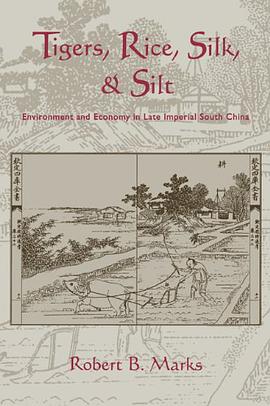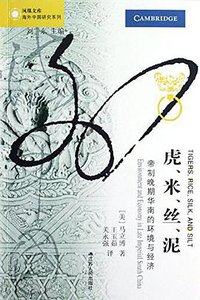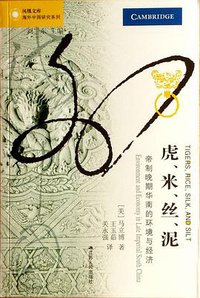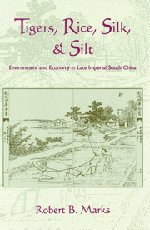Tigers, Rice, Silk, and Silt
豆瓣
Environment and Economy in Late Imperial South China
Robert Marks
简介
Challenging the conventional wisdom of Western environmental historians, this book examines the correlations between economic and environmental changes in the southern imperial Chinese provinces of Guangdong and Guangxi (a region historically known as Lingnan, "South of the Mountains") from 1400 to 1850. Marks discusses the impact of population growth on land use patterns, the agro-ecology, and deforestation; the commercialization of agriculture and its implications; the impact of climatic change on agriculture; and the ways in which the human population responded to environmental challenges.
contents
1 "Firs and Pines a Hundred Spans Round": The Natural Environment of Lingnan
2 "All Deeply Forested and Wild Places Are Not Malarious": Human Settlement and Ecological Change in Lingnan, 2-1400 CE
3 "Agriculture Is the Foundation": Economic Recovery and Development of Lingnan during the Ming Dynasty, 1368-1644
4 "All the People Have Fled": War and the Environment in the Mid-Seventeenth-Century Crisis, 1644-83
5 "Rich Households Compete to Build Ships": Overseas Trade and Economic Recovery
6 "It Never Used to Snow": Climate Change and Agricultural Productivity
7 "There Is Only a Certain Amount of Grain Produced": Granaries and the Role of the State in the Food Supply System
8 "Trade in Rice Is Brisk": Market Integration and the Environment
9 "Population Increases Daily, but the Land Does Not": Land Clearance in Eighteenth Century
10 "People Said that Extinction Was Not Possible": The Ecological Consequences of Land Clearance
Conclusion


